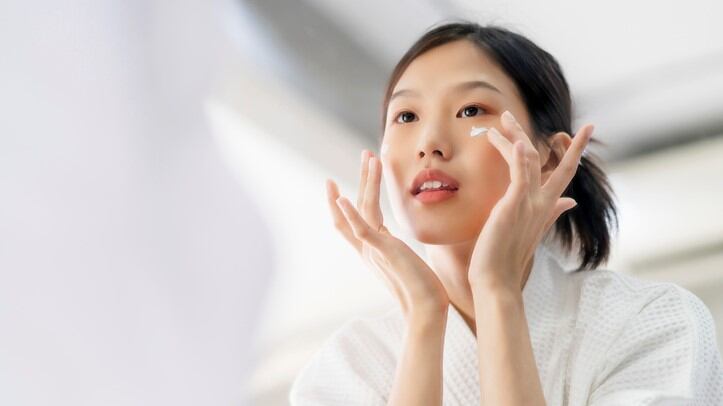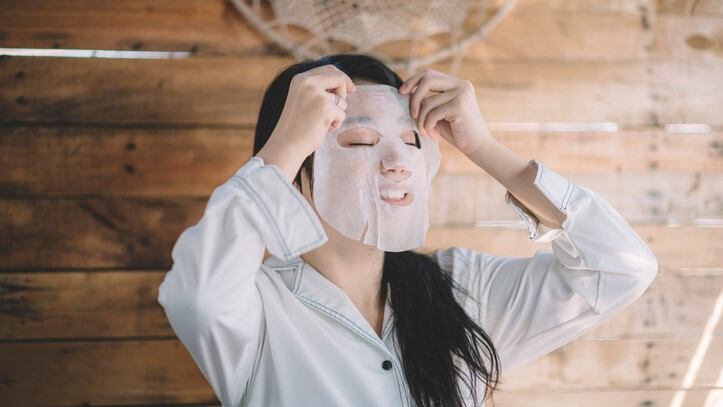All companies must keep pace with the rapidly changing consumer trends. This is no easy task, but it is doubly so in a large country like China where there are tremendous demographic and economic differences.
“China has a vast territory and a diverse population. Consumers could be segmented into different groups like region, age, consumption power, values… Each segmented group has specific needs and preferences. The brands that meet the segmentation group needs and preferences will win the market,” said Sophie Wen, a senior analyst at Beautydata.ai.
She highlighted the differences between two make-up sub-categories, lip tints and concealers, which according to data from Tmall’s showed high-growth rates during the midyear 6.18 shopping festival.
“Lip tint growth was driven by young girls, who are makeup beginners… Lip tint sales volume even surpassed lipsticks due to… low prices that the younger generation could afford; the smaller size that lowers the trial cost; and various IP collaborations that aligned with young girls’ aesthetic preferences.”
On the other end of the spectrum the growth of concealers was driven by “advanced makeup consumers,” said Wen.
“These are Chinese consumers that are forming complicated make-up steps and habits with make-up artists' recommendations, aiming to have more refined make-up looks.”
The upper hand
In the Chinese market today, a new wave of domestic brands has risen to challenge multinational stalwarts like L’Oréal, Estee Lauder and Shiseido.
The successful C-beauty brands have displayed a deep understanding of the market and this insight has allowed them to address the “urgent and precise” needs of the local consumers.
Wen highlighted Winona, a skin care brand focused on the growing consumer concern for sensitive skin, which it was able to back up with good and effective products.
“The success of Winona is due to one, its technical advantages. It has plenty of clinical research on sensitive skin and the accumulation of functional ingredients. Second, its brand positioning. Winona focuses on sensitive skin, a growing consumer group and provides various categories and benefits to meet all kinds of needs that sensitive skin consumers have.”
Wen believes the large beauty multinationals should be concerned about the local competition.
“Emerging local brands that accurately target the different segments will occupy the market share little by little and International brands will gradually lose market share,” said Wen.
She added that this was why major beauty firms like Unilever, Beiersdorf and Shiseido have been exploring investment opportunities among China’s emerging beauty brands.
Upcoming changes
Regulation will play a big role moving forward following the implementation of the Cosmetics Supervision and Administration Regulation (CSAR) and the new era of cosmetics regulation for the Chinese beauty industry.
“The new regulation was launched in 2021, requiring brands to prove product benefits via laboratory test results. The most direct impact on the brand on new product development and increased the cost of new product testing,” said Wen.
“For brands that exaggerate the benefit of their products previously, they will face a painful period of transformation.”
Additionally, she believes the Chinese government’s focus on sustainable development will surely affect the innovations in the beauty industry.
“To control plastic pollution, China’s Ministry of Industry and Information Technology is encouraging the development of biodegradable materials. Beauty brands will be forced to take environmental protection actions as they are the key contributor to plastic pollution.”
Sophie Wen, discussed cosmetics trends and insights from Tmall 618 and reviewed 2021 2H consumption trends at the Personal Care and Homecare Ingredients (PCHi) webinar.





